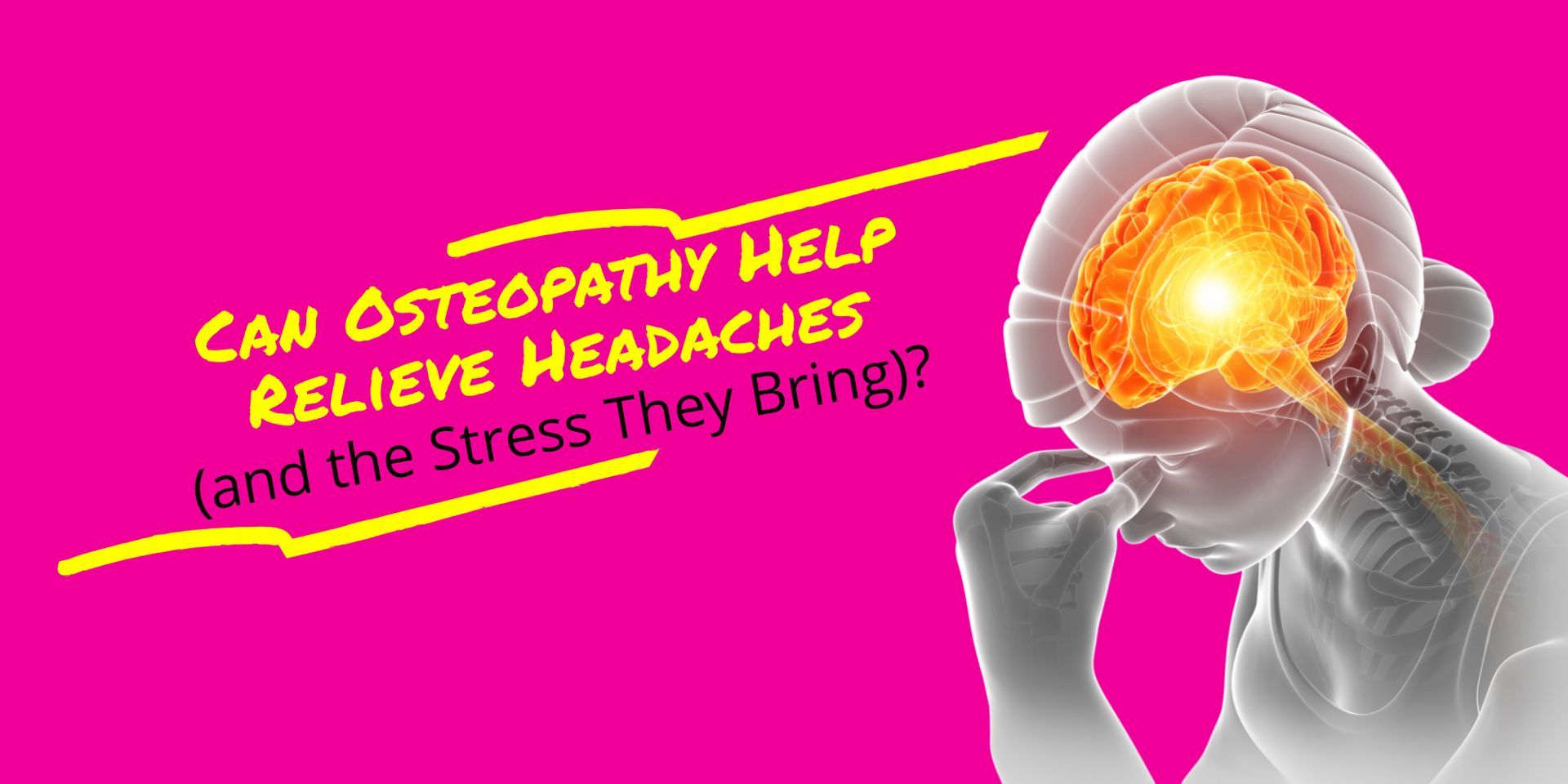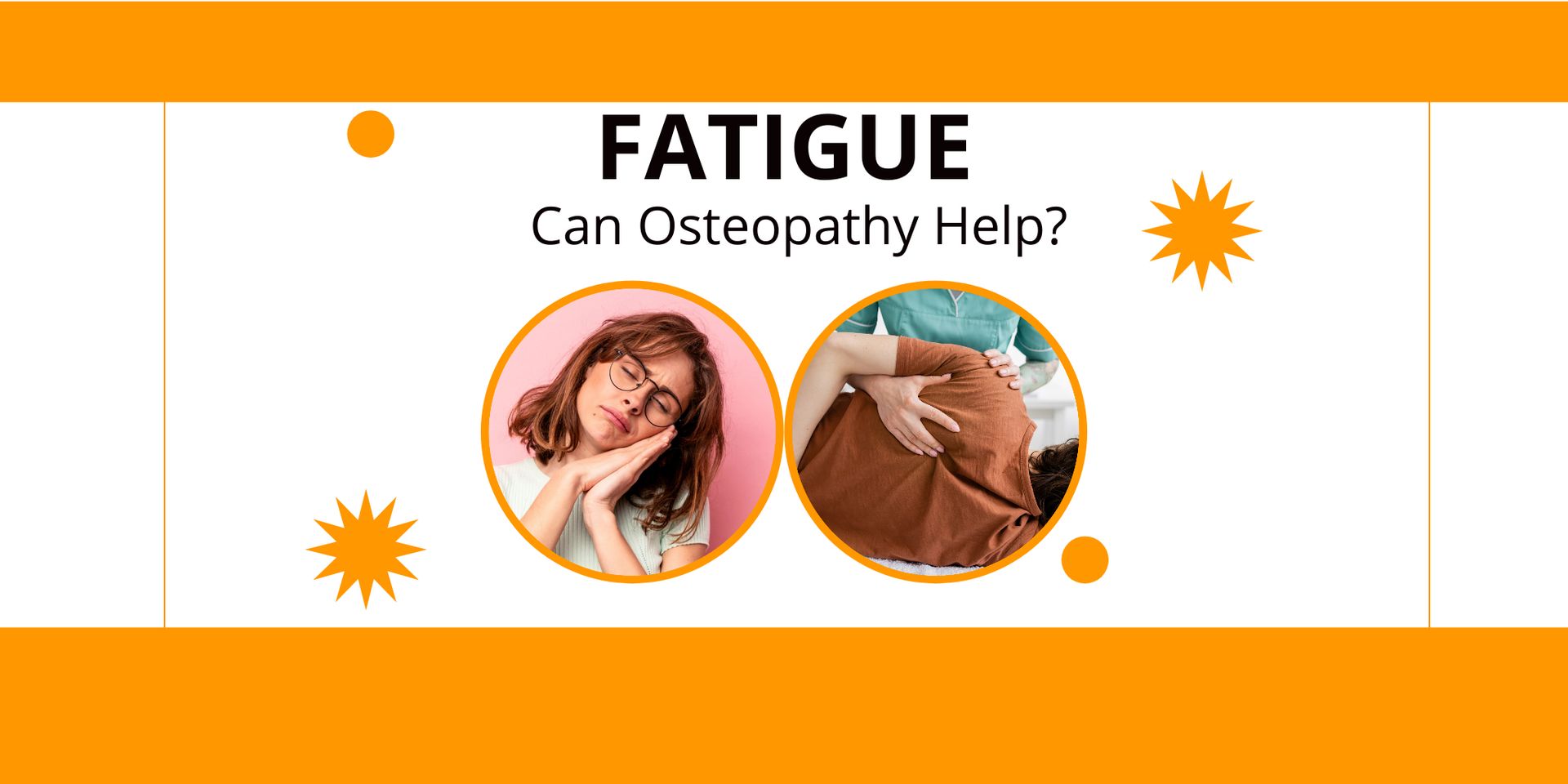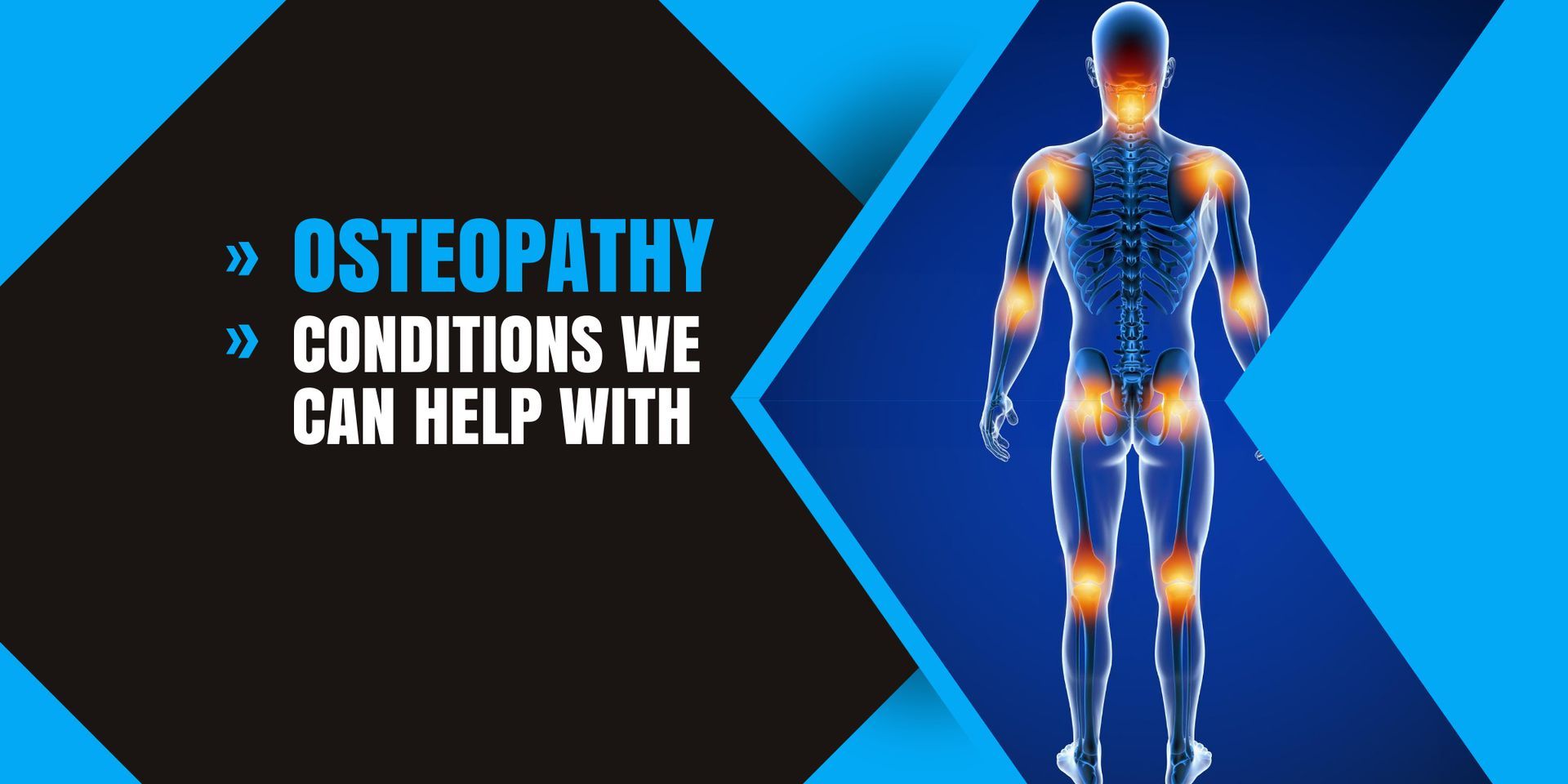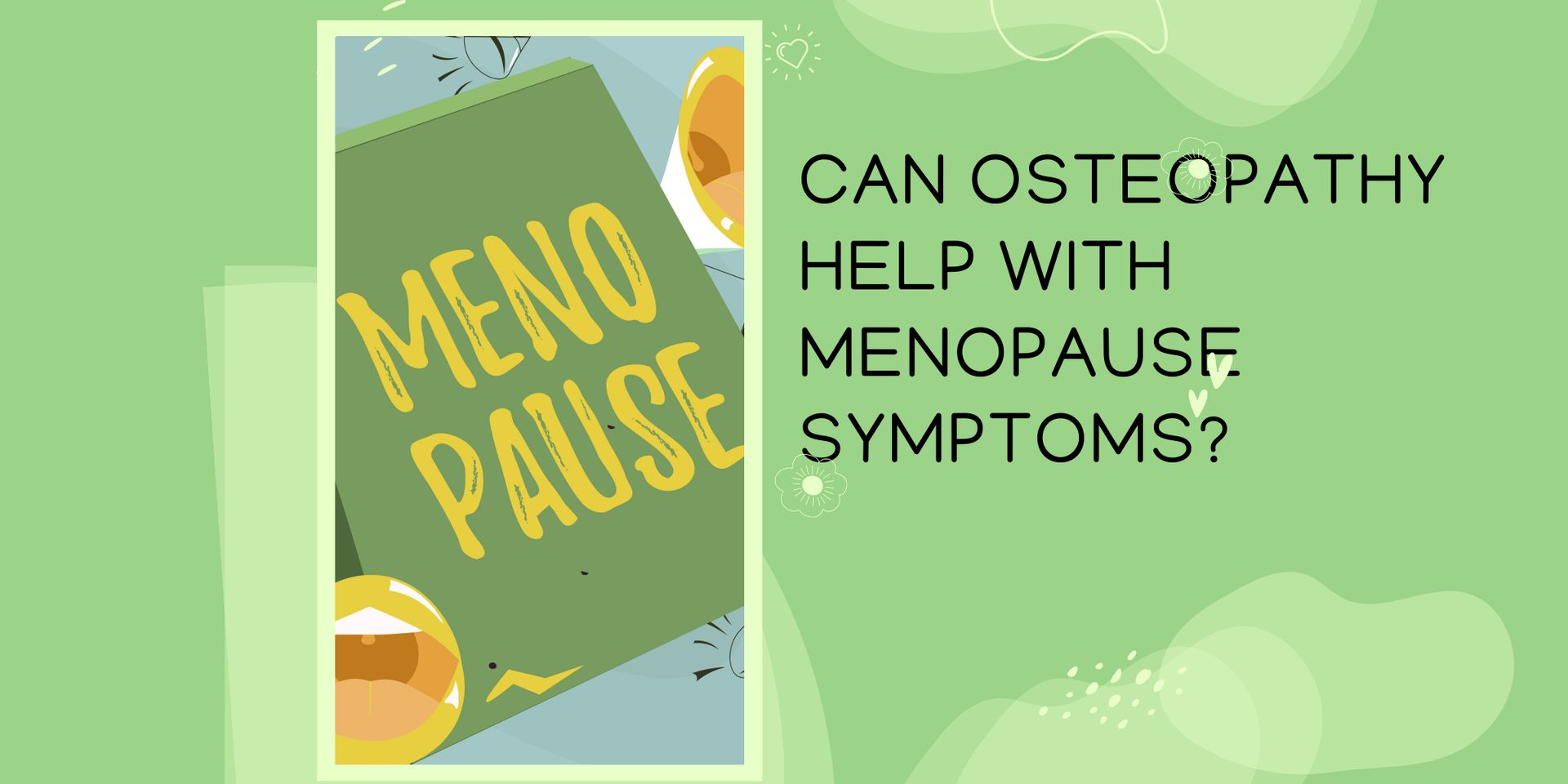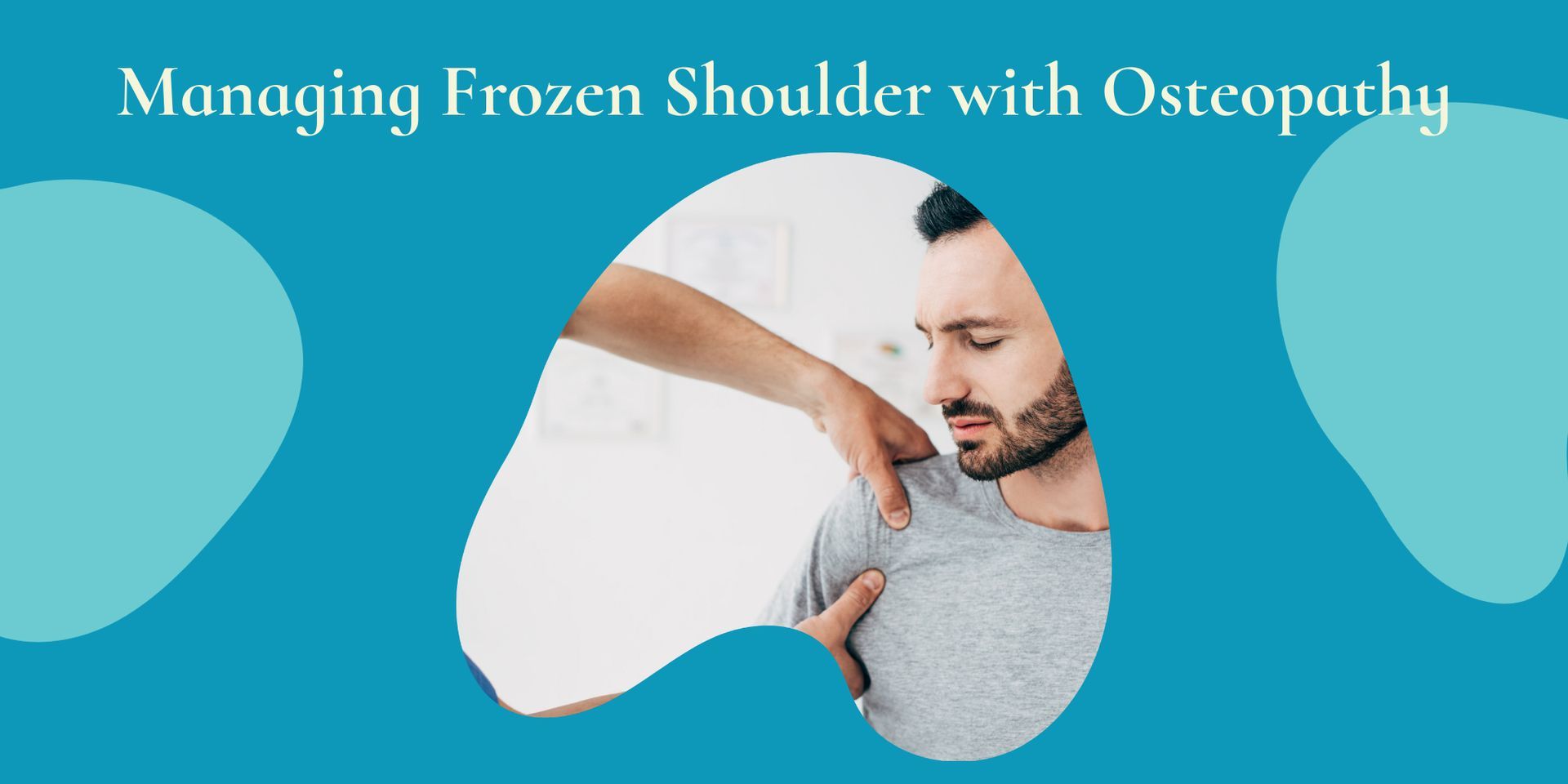What does an osteopath do
An osteopath aims to relieve muscle tension, enhance joint mobility and increase blood supply to connective tissue and aid healing
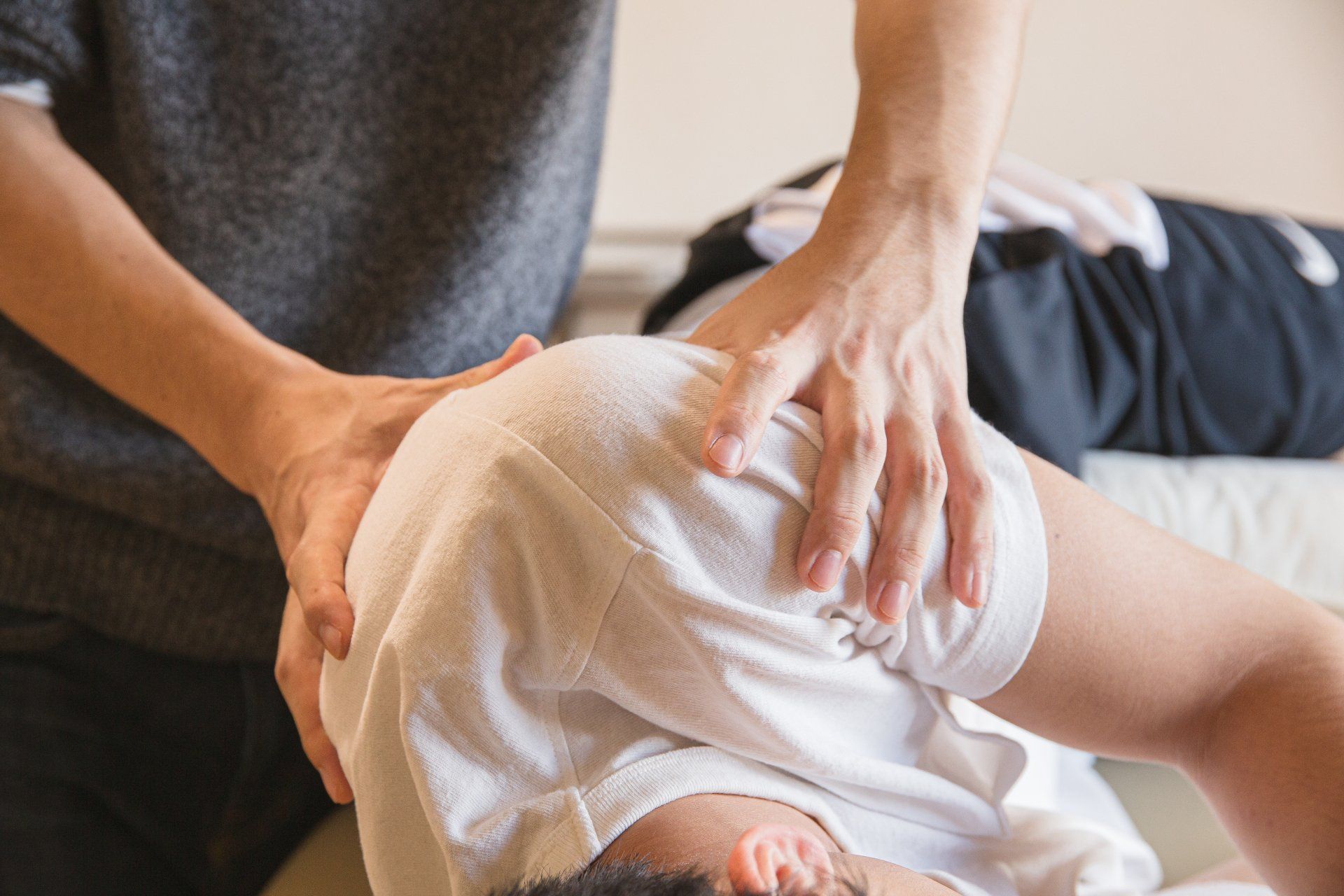
We answer those frequently asked questions when it comes to Osteopathy, and who and how it can benefit
You may have suffered an injury, or live with a chronic condition, which, after doing some research, you’ve found may be alleviated with the help of an osteopath.
But what is osteopathy? What does an osteopath do?
Osteopathy works on the principle that in order to remain well, a person’s bones, muscles, ligaments and connective tissue need to function together smoothly.
An osteopath aims to relieve muscle tension, enhance joint mobility and increase blood supply to connective tissue and aid healing. An osteopath uses physical manipulation, massage and stretching to detect, treat and prevent a wide range of health problems. No drugs or surgery are used.
An osteopath can help with:
- General aches and pains
- Joint pain, including hip and knee pain
- Arthritic pain
- General, acute and chronic back pain
- Neck pain
- Headaches and migraines
- Frozen shoulder, shoulder and elbow pain, tennis elbow
- Circulatory pain
- Cramp
- Lumbago
- Sciatica
- Muscle spasms
- Neuralgia
- Fibromyalgia
- Rheumatic pain
- Inability to relax
- Sports Injuries
What happens during an osteopathy session?
At your initial osteopathy session, you will be asked about any symptoms you have, your general health and any other useful information, such as medical care you may already be receiving. Your osteopath will then carry out a physical examination to detect any issues that require treatment. This can include any areas of tenderness, weakness, strain or restriction in the body.
You may be asked to perform simple movements and it is likely that you will be asked to remove clothing in order for the osteopath to examine particular areas of your body. This will only be done with your consent.
If osteopathy can help reduce or alleviate the problem, a treatment plan is then discussed.
Techniques
An osteopath uses a mixture of gentle and sharper techniques to restore your body’s normal function and stability. These techniques assist in reducing pain, encouraging blood flow and improving movement, and include:
- Massaging muscles
- Stretching stiff joints
- Moving your body around its usual range of motion
- Sharp, high velocity thrusts to the spine or joint affected
Is osteopathy treatment painful?
Most patients find osteopathy to be gentle yet effective. There are some who are in a great deal of pain when they arrive for treatment, which means that in order to alleviate that pain, they will be in some discomfort.
However, it is not unusual to feel a little sore or stiff after a treatment – this is more likely to be the case if you
are being treated for a painful or inflamed injury. You will be given advice on any techniques or exercises you can do between osteopathy sessions to reduce any pain and aid recovery.
You may hear a click or crack during an osteopathic session; this is when the osteopath makes sharp adjustments to a joint. Again, this is usually completely painless.
How many sessions will I need?
It does depend on the type and severity of the condition but generally, osteopathic treatment involves 4-6 sessions, you may be advised however to have some maintenance treatments afterwards if appropriate.



